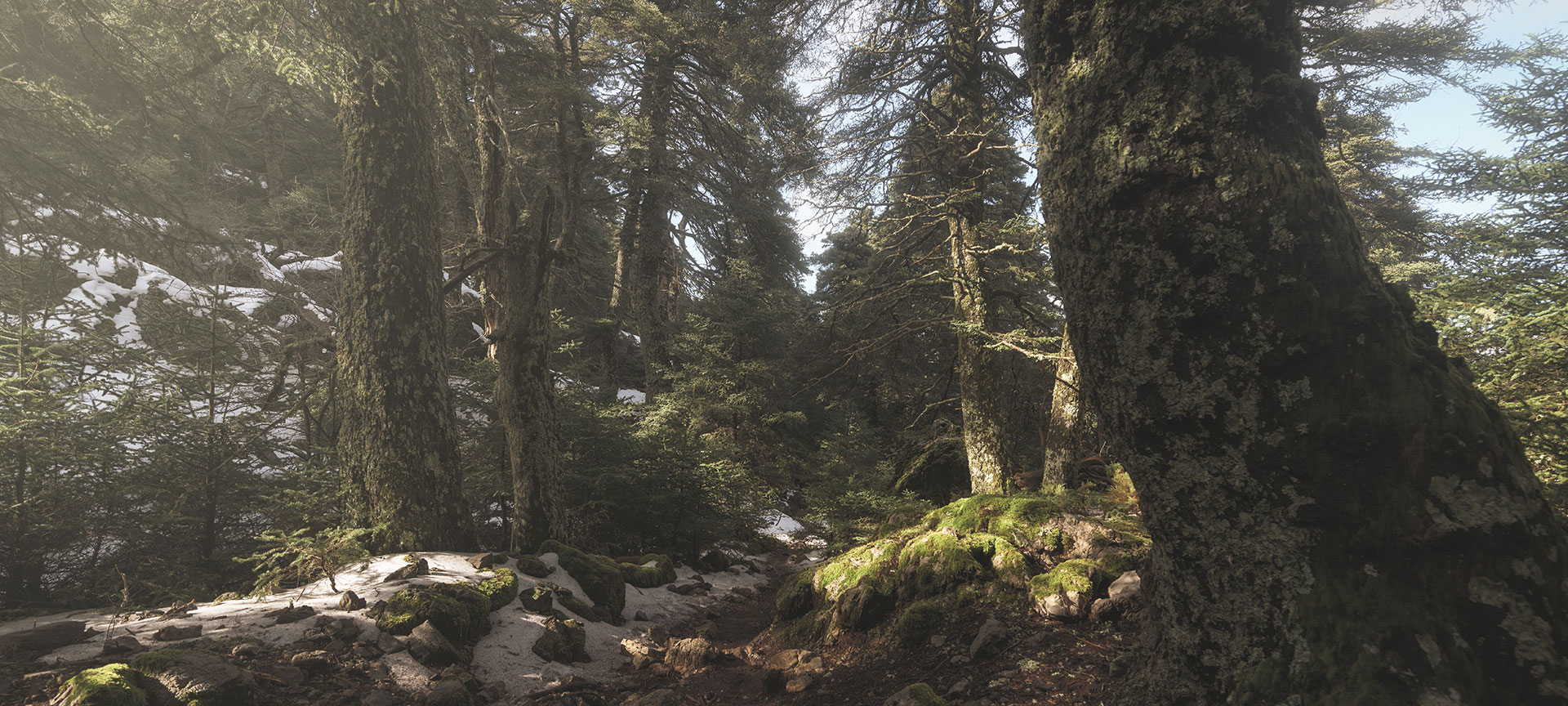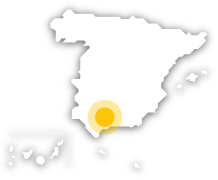
Sierra de las Nieves National Park

White villages against a natural backdrop full of contrasts in the province of Málaga
This national park lies inland in the region of Málaga (Andalusia), very near the famous Costa del Sol and cities like Málaga and Ronda. The landscapes are stunning – it’s here that you’ll find the deepest vertical cave in Andalusia, a complex labyrinth of caves and galleries, and peaks that soar to heights of almost 2,000 metres, such as La Torrecilla. Recognised as a Biosphere Reserve since 1995, it’s a home for 1,500 different types of plants, and the tallest Spanish fir on the Iberian Peninsula. The Spanish fir (Abies pinsapo) is a species of fir tree that is only found in very specific mountain areas of Andalusia.As well as discovering the park’s plant and animal life, you’ll be able to visit the 14 white villages in the area, and do all sorts of activities such as canyoning, canoeing, horse riding, hiking, agrotourism, and following ethnographic routes.
Sierra de las Nieves National Park
The park is in the province of Málaga (Andalusia), in southern Spain.
Malaga (Andalusia)
Malaga (Andalusia):
- Benahavís
- Burgo, El
- Istán
- Monda
- Parauta
- Ronda
- Tolox
- Yunquera
Activa JS
In images
What you need to know
-
What you will find
A visit to the Sierra de las Nieves National Park is a journey into a mountainous area with some truly magnificent landscapes punctuated by high cliffs, sinkholes, caves, vertical caves, and more. It’s complex labyrinth of caves is made up of Sima Honda, Cueva de la Tinaja, Sima del Aire and Sima Prestá. These caves are all interconnected, and attract speleologists from all over the world.This area is also famous for its aquifers and springs – at Tolox there’s a spa that boasts medicinal mineral waters – and for hiding the world’s largest outcrop of peridotites, brightly coloured rocks of volcanic origin that are among the rarest in the earth's crust.In terms of plant life, the star of the show here is the Spanish fir, a Mediterranean pine, a botanical rarity that only grows in the mountains of Cadiz and Málaga – the best example is the Las Escaleretas natural monument in Parauta. You’ll also see stands of holm and cork oak, streams, riverside woods, and more.The most emblematic of its wildlife is undoubtedly the mountain goat. Moreover, birdwatchers will find a true paradise in this park, as it’s home to around 150 different species, including birds of prey such as the golden eagle, the peregrine falcon and the eagle owl. There are also species typical of this kind of environment, such as the freshwater blenny, the native crayfish and various groups of bats.
-
Routes around the Park
One of the best known hiking trails running through the area is the Gran Senda de Málaga – GR 249, which crosses the whole of the region and covers a distance of 942 kilometres broken down into 35 stages. Inside the park itself, you’ll find a range of trails such as the Charco de la Virgen (in Tolox, five kilometres long), Quejigales – Torrecilla (seven kilometres), Puerto Saucillo – Puerto Bellina (4.2 kilometres) and El Burgo – La Fuensanta (4 kilometres). In Tolox you could also take the impressive Ruta de las Cascadas (10.1 kilometres) to admire beautiful waterfalls like the Barranco de la Rejía with a drop of 51 metres.
-
Don't leave without...
A trip to the Sierra de las Nieves simply has to include a tour of the lovely villages with their dazzling whitewashed walls where you can let yourself be carried away by the beauty of a maze of steep little streets dressed in the brilliant colours of bougainvillea and roses. You’ll find places that are very famous, like Ronda: visited and praised by the likes of Ernest Hemingway and Orson Welles and with a spectacular bridge, the Puente Nueva, that can be seen in so many photos. These white villages are nestled in the mountains, and have witnessed the passage of the different civilisations that have left their mark in the form of churches, castles, farmhouses, necropoli, and the remains of a Roman road like the one in Monda. The gastronomy of the area is also inspired by ancient customs, as you’ll see for yourself when you visit the museums dedicated to wine and oil in Ojén , or tuck into a delicious chivo en caldereta, a goat stew that’s one of the most typical dishes of these mountains. Of the many festivals, Alozaina’s carnaval de la harina (Flour Carnival) and the fiesta de polvos (Powder Day) in Tolox stand out. The Luna Mora Festival in Guaro is also well worth a visit. And don’t head for home until you’ve explored idyllic spots like the many viewpoints, the spectacular setting of the Verde river and the natural beauties of places like El Juanar, La Fuensanta and Los Sauces. If you’re here in autumn, pay a visit to the bosque de cobre (Copper Forest) in Yunquera And while you’re in the park or the surrounding area we strongly recommend doing some of the activities organised by different companies. Take a 4 x 4 tour in an eco jeep (some include commentaries on plant and animal life, a visit to a white village, a swim in the river and lunch at a typical restaurant) or a guided bicycle tour; go horse riding, canyoning, caving, hiking, or climbing – these are just some of the many activities on offer.
Travel plans for inspiring you













